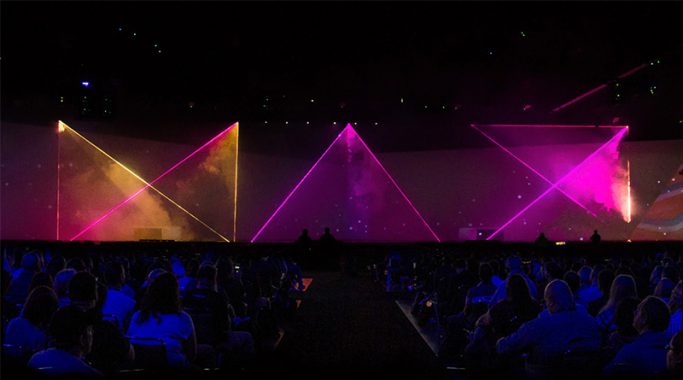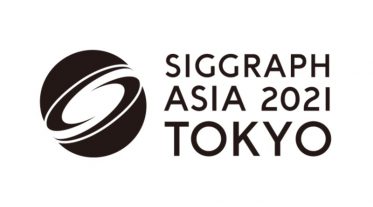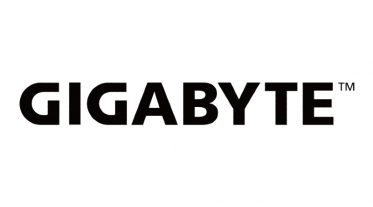Monday at the Adobe MAX event, Adobe announced the latest release for Creative Cloud, empowering video professionals to work smarter, deliver faster, and do more creatively.
Highlights across these tools include the highly anticipated Auto Reframe feature in Premiere Pro, which uses Adobe Sensei to intelligently optimize videos for vertical, horizontal, and 16:9 formats; the introduction of Character Animator 3.0 with improved scene cameras that add new dynamics to animations; and new efficiency and performance improvements for After Effects, Audition and Premiere Pro. And, for the first time, Premiere Rush users can now share their videos directly to TikTok from the Premiere Rush app — making it the first app to offer direct sharing to this leading destination for short-form mobile video.
The 3.0 release of Character Animator rounds out the feature set, providing a comprehensive workflow for animation studios and content creators who want to explore the art and expand their storytelling:
Scene cameras: Set up shots within scenes — like wide, close-up and zoom — and create camera moves between them. Cut between two characters in a scene or smoothly pan back and forth as they interact. Create triggers for scene cameras for added efficiency in production or richer storytelling in your live streams.
Keyframes: Announced last month, keyframes allow users greater precision and creative control. Characters and background elements can be positioned and timed while allowing artists to fine-tune physics behaviours of interactive elements like wind strength and gravity direction, as well as camera moves. These can be triggered on-the-fly for live performances.
Audio triggers: Enliven scenes by adding triggerable audio, like a character’s signature sound, spoken exclamation or musical phrase, or trigger audience applause or laugh tracks right on cue. Characters become more dynamic and animation workflows become simpler with audio automatically synced to the triggerable animated actions or performance timing. Use or record original audio elements, or choose clips from the free Audition Sound Effects library.
Motion lines: Emphasize movement, illustrated speed and trajectory by adding motion line behaviour to a handle in a character’s rigging, then adjust its parameters to trail the character’s motion with coloured lines of varying width, opacity, lifespan and other attributes.
Camera-based Muting and Save Version: Prevent off-screen voices from triggering automatic lip-sync with camera-based muting. Character Animator already auto-saves your work as you go, but a new Save Version function allows you to save and track iterations of your project as you go.
After Effects has been tuned up with high-performance updates and speed improvements across the board. Notably, combining CPU threading improvements and new GPU architecture for fluid playback of cached previews, so users can interact with the app while previewing in real-time — facilitating the creative decision-making experience.
Some of AEs most-used features have also been sped up: Multichannel EXR files are up to 10-12 times faster, and are importable as layered compositions; Shape layers are snappier, shape grouping and ungrouping is quicker and easier with a new context menu; expressions that don’t change will now only be calculated once, and expression access has been added to text style properties; and Content-Aware Fill is now twice as fast and uses half as much memory.
The new release of AE also includes an update to Maxon Cinema 4D Lite(based on Cinema 4D Release 21) motion graphics tool, which can create and import 3D content for AE projects — add C4D content like footage; extract scene data like cameras or 3D objects. The latest release of C4D Lite can be launched within After Effects and as a standalone application. New features include the caps and bevel tools for creating extruded text and splines with more personality. A new high-performance denoising filter improves visual quality and reduces rendering times.
Adobe also announced Adobe Animate 2.0, which boasts a massively revamped user interface and simplified workflows. The new release adds the ability to export complete or part of an animation to any video format. There’s also a new “Fluid Brush” vector brush (also available in Adobe Fresco). Plus, in-app guided tutorials for new users.





